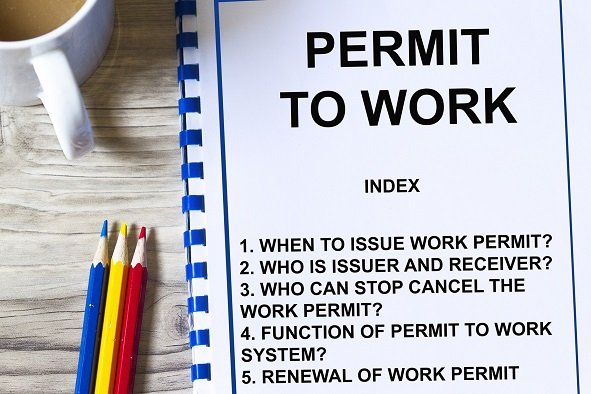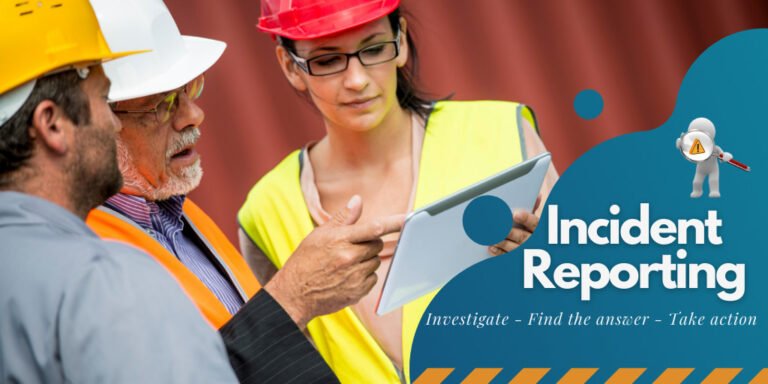Confined Space Entry Safety – 12 Modules | One Day USD: 150/- and Two Day USD: 250/- Per Pax.
Description
Module 1: Introduction to Confined Spaces
- Definition of a confined space (OSHA 1910.146, ISO 45001)
- Examples: tanks, silos, manholes, tunnels, pipelines
- Differences between confined spaces and permit-required confined spaces
Module 2: Hazards of Confined Spaces
- Atmospheric hazards: oxygen deficiency, toxic gases, flammable vapors
- Physical hazards: engulfment, entrapment, mechanical hazards
- Environmental and psychological hazards
Module 3: Legal and Regulatory Requirements
- OSHA and international confined space entry standards
- Employer and employee legal obligations
- Permit-required confined space (PRCS) compliance
Module 4: Risk Assessment and Hazard Identification
- Identifying confined spaces in the workplace
- Pre-entry hazard assessment process
- Using risk matrices and job safety analysis (JSA)
Module 5: Entry Permit System
- Purpose and components of an entry permit
- Roles of the entry supervisor, attendant, and authorized entrant
- Permit issuance, validity, and cancellation procedures
Module 6: Atmospheric Testing and Monitoring
- Gas detection equipment and calibration
- Testing for oxygen, flammable gases, and toxic substances
- Continuous monitoring and interpretation of readings
Module 7: Ventilation and Purging Methods
- Mechanical and natural ventilation techniques
- Inert gas purging and dilution ventilation
- Ensuring safe atmosphere before and during entry
Module 8: Isolation and Energy Control
- Lockout/Tagout (LOTO) before entry
- Blocking, blinding, and double isolation methods
- Preventing introduction of hazardous materials or energy
Module 9: Personal Protective Equipment (PPE)
- Respiratory protection, harnesses, and retrieval systems
- Chemical-resistant clothing and gloves
- Communication devices and lighting
Module 10: Emergency Response and Rescue Planning
- Types of confined space rescues (self, non-entry, entry rescue)
- Rescue team training and equipment
- Coordination with external emergency services
Module 11: Roles, Responsibilities, and Communication
- Duties of entrant, attendant, and supervisor
- Maintaining constant communication and monitoring
- Coordination between multiple contractors
Module 12: Training, Documentation, and Continuous Improvement
- Training frequency and refresher requirements
- Recordkeeping and audit requirements
- Reviewing incidents and improving confined space programs
View more Courses
Hi, Welcome back!




